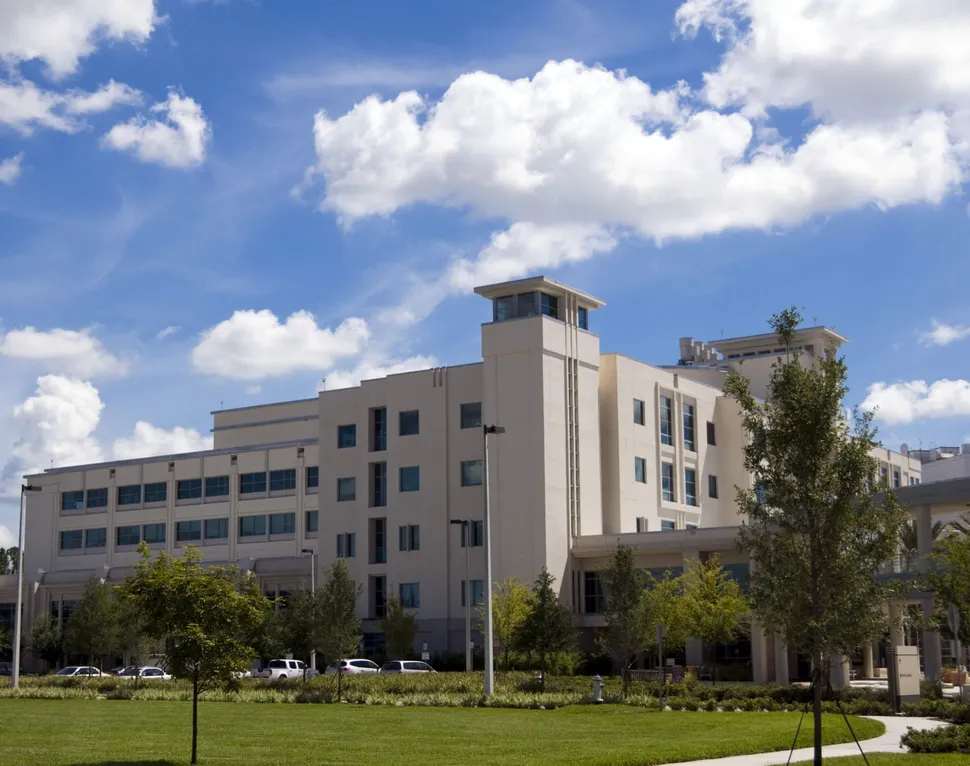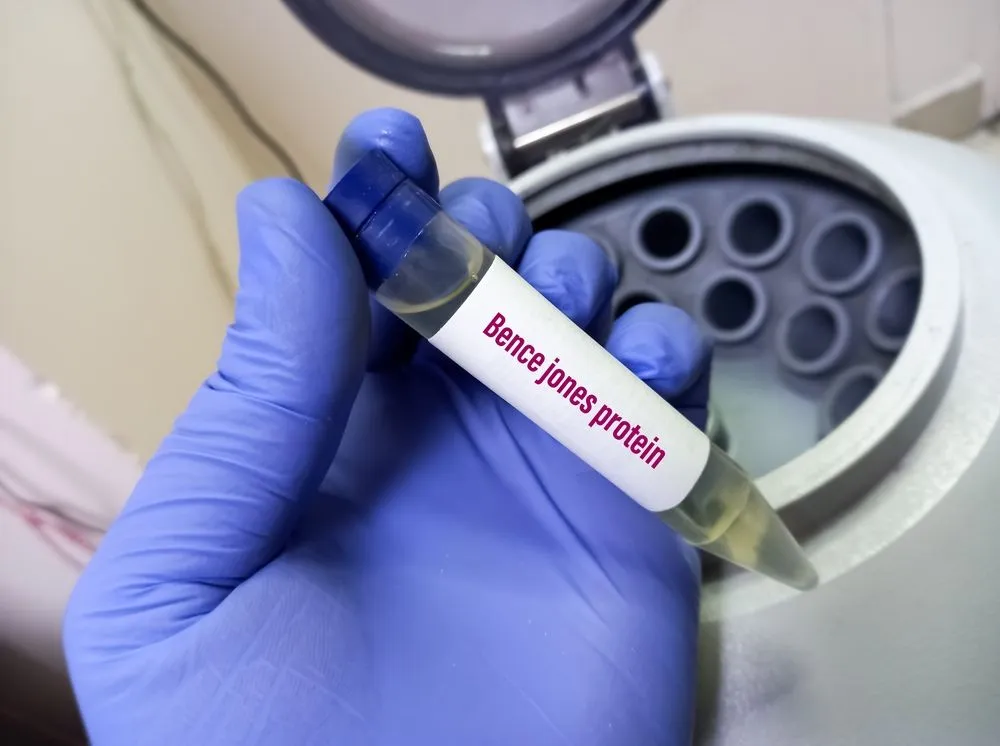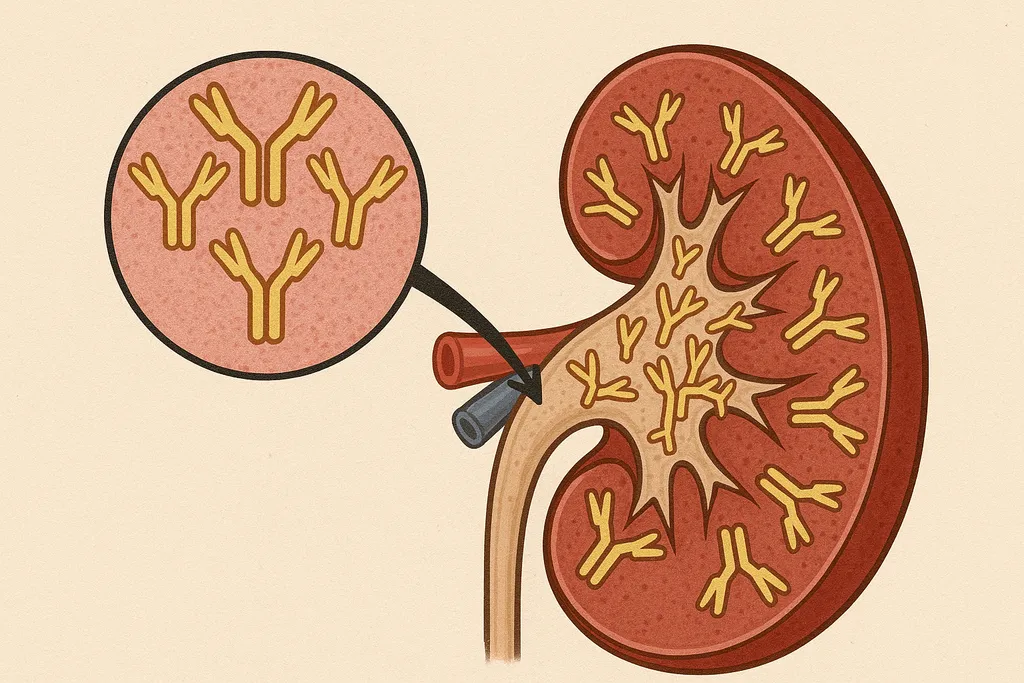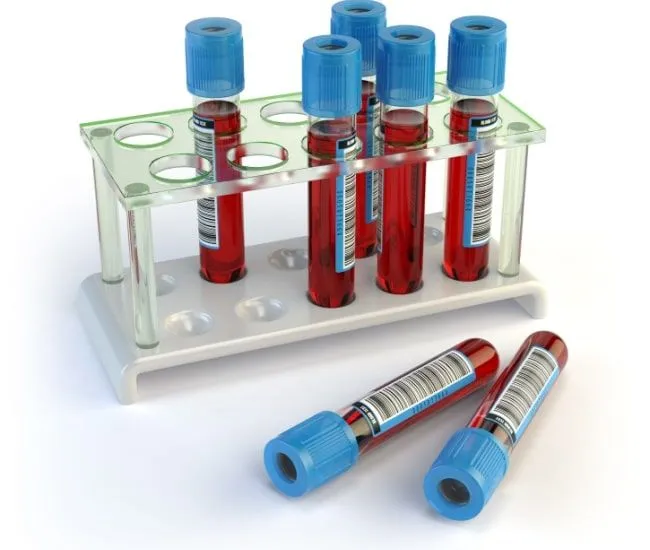What Are the NCCN Guidelines for Multiple Myeloma?

What Is the National Comprehensive Cancer Network® (NCCN®)?
"NCCN" is a common acronym in the blood cancer world, especially during academic conferences, and commonly found in research. It stands for National Comprehensive Cancer Network, a non-profit alliance of 33 leading cancer centers.
The alliance is devoted to patient care, research, and education. They are dedicated to improving and facilitating accessible and equal cancer care so all patients can live better lives.
The NCCN Website provides a host of interesting information for a variety of different cancers, including multiple myeloma and several other plasma cell disorders. The website provides well-written, clear-to-understand, and comprehensive patient Guidelines, the NCCN Guidelines for Patients®, that include disease explanations and guidance for treatment options.
What are the NCCN Guidelines®? How Do NCCN Guidelines Affect Myeloma Care?
In addition to the patient guidelines mentioned above, there are NCCN Guidelines for healthcare providers. The official name for these guidelines are the NCCN Clinical Practice Guidelines In Oncology (NCCN Guidelines®). These are the Guidelines that people in research and academic conferences refer to when they say, "According to NCCN Guidelines..."
These guidelines are crucial to proper multiple myeloma (and other cancer) care because they guide oncologists with up-to-date treatment recommendations based on the latest clinical trial results and treatment approvals, and facilitate research and innovation by highlighting areas where evidence is lacking or more research is needed.
You can access the entire 121-page document on the NCCN website. Keep in mind that you may need to create a free log-in to access the information.
Because the material provided on their site is copyrighted, we can not provide examples of the tables and charts here.
Don’t be afraid to go through these guidelines – if you are somewhat familiar with the abbreviations or acronyms used in myeloma care you will be able to readily review them. If you are not familiar with myeloma lingo, you can learn more here before diving into the guidelines: Multiple Myeloma Abbreviations
The nice thing is that they are built up very logically. Once you find the stage of your disease (new patient, eligible/not eligible for stem cell transplant, first relapse, etc.), you will find easy-to-review charts that provide you with treatment options.
Patients and/or caregivers interested in their disease will find a wealth of ‘good to know’ information, including the latest available treatments in the United States (though the recommendations for U.S. patients may not be available/approved in other parts of the world).
Enjoy the learning—a better-informed patient will be able to advocate for himself or herself and take a very active role in treatment decisions.
NCCN makes no warranties of any kind whatsoever regarding their content, use or application and disclaims any responsibility for their application or use in any way.
Referenced with permission from the National Comprehensive Cancer Network® (NCCN®). © National Comprehensive Cancer Network, Inc. 2024. All rights reserved. Accessed September 4, 2024. To view the most recent and complete version of the recommendations, go online to NCCN.org.
Remain an Educated Myeloma Patient or Caregiver
Remember, the more informed of a patient or caregiver you are, the better your multiple myeloma experience can be. In addition to reviewing the NCCN Guidelines, consider one or more of the following HealthTree programs to improve your myeloma education:
- HealthTree University for Multiple Myeloma (free lecture videos from myeloma specialists)
- HealthTree News (the latest patient-friendly updates on multiple myeloma treatments and more)
- HealthTree Connect (a social media platform to chat with others in your situation and get answers to your questions)
- HealthTree Myeloma Expert Webinars (interviews with myeloma physicians and support groups)
What Is the National Comprehensive Cancer Network® (NCCN®)?
"NCCN" is a common acronym in the blood cancer world, especially during academic conferences, and commonly found in research. It stands for National Comprehensive Cancer Network, a non-profit alliance of 33 leading cancer centers.
The alliance is devoted to patient care, research, and education. They are dedicated to improving and facilitating accessible and equal cancer care so all patients can live better lives.
The NCCN Website provides a host of interesting information for a variety of different cancers, including multiple myeloma and several other plasma cell disorders. The website provides well-written, clear-to-understand, and comprehensive patient Guidelines, the NCCN Guidelines for Patients®, that include disease explanations and guidance for treatment options.
What are the NCCN Guidelines®? How Do NCCN Guidelines Affect Myeloma Care?
In addition to the patient guidelines mentioned above, there are NCCN Guidelines for healthcare providers. The official name for these guidelines are the NCCN Clinical Practice Guidelines In Oncology (NCCN Guidelines®). These are the Guidelines that people in research and academic conferences refer to when they say, "According to NCCN Guidelines..."
These guidelines are crucial to proper multiple myeloma (and other cancer) care because they guide oncologists with up-to-date treatment recommendations based on the latest clinical trial results and treatment approvals, and facilitate research and innovation by highlighting areas where evidence is lacking or more research is needed.
You can access the entire 121-page document on the NCCN website. Keep in mind that you may need to create a free log-in to access the information.
Because the material provided on their site is copyrighted, we can not provide examples of the tables and charts here.
Don’t be afraid to go through these guidelines – if you are somewhat familiar with the abbreviations or acronyms used in myeloma care you will be able to readily review them. If you are not familiar with myeloma lingo, you can learn more here before diving into the guidelines: Multiple Myeloma Abbreviations
The nice thing is that they are built up very logically. Once you find the stage of your disease (new patient, eligible/not eligible for stem cell transplant, first relapse, etc.), you will find easy-to-review charts that provide you with treatment options.
Patients and/or caregivers interested in their disease will find a wealth of ‘good to know’ information, including the latest available treatments in the United States (though the recommendations for U.S. patients may not be available/approved in other parts of the world).
Enjoy the learning—a better-informed patient will be able to advocate for himself or herself and take a very active role in treatment decisions.
NCCN makes no warranties of any kind whatsoever regarding their content, use or application and disclaims any responsibility for their application or use in any way.
Referenced with permission from the National Comprehensive Cancer Network® (NCCN®). © National Comprehensive Cancer Network, Inc. 2024. All rights reserved. Accessed September 4, 2024. To view the most recent and complete version of the recommendations, go online to NCCN.org.
Remain an Educated Myeloma Patient or Caregiver
Remember, the more informed of a patient or caregiver you are, the better your multiple myeloma experience can be. In addition to reviewing the NCCN Guidelines, consider one or more of the following HealthTree programs to improve your myeloma education:
- HealthTree University for Multiple Myeloma (free lecture videos from myeloma specialists)
- HealthTree News (the latest patient-friendly updates on multiple myeloma treatments and more)
- HealthTree Connect (a social media platform to chat with others in your situation and get answers to your questions)
- HealthTree Myeloma Expert Webinars (interviews with myeloma physicians and support groups)

about the author
Paul Kleutghen
I am a patient diagnosed in 2014 with primary plasma cell leukemia (pPCL), a rare and aggressive variant of multiple myeloma and have been very fortunate to find successful treatment at the division of Cellular Therapy at the Duke University Cancer Institute. My wife, Vicki, and I have two adult children and two grandsons who are the ‘lights of our lives’. Successful treatment has allowed Vicki and I to do what we love best : traveling the world, albeit it with some extra precautions to keep infections away. My career in the pharmaceutical industry has given me insights that I am currently putting to use as an advocate to lower drug pricing, especially prices for anti-cancer drugs. I am a firm believer that staying mentally active, physically fit, compliant to our treatment regimen and taking an active interest in our disease are keys to successful treatment outcomes.
More on Core Education
Trending Articles




Get the Latest Multiple Myeloma Updates, Delivered to You.
By subscribing to the HealthTree newsletter, you'll receive the latest research, treatment updates, and expert insights to help you navigate your health.
Together we care.
Together we cure.
3x Faster.












